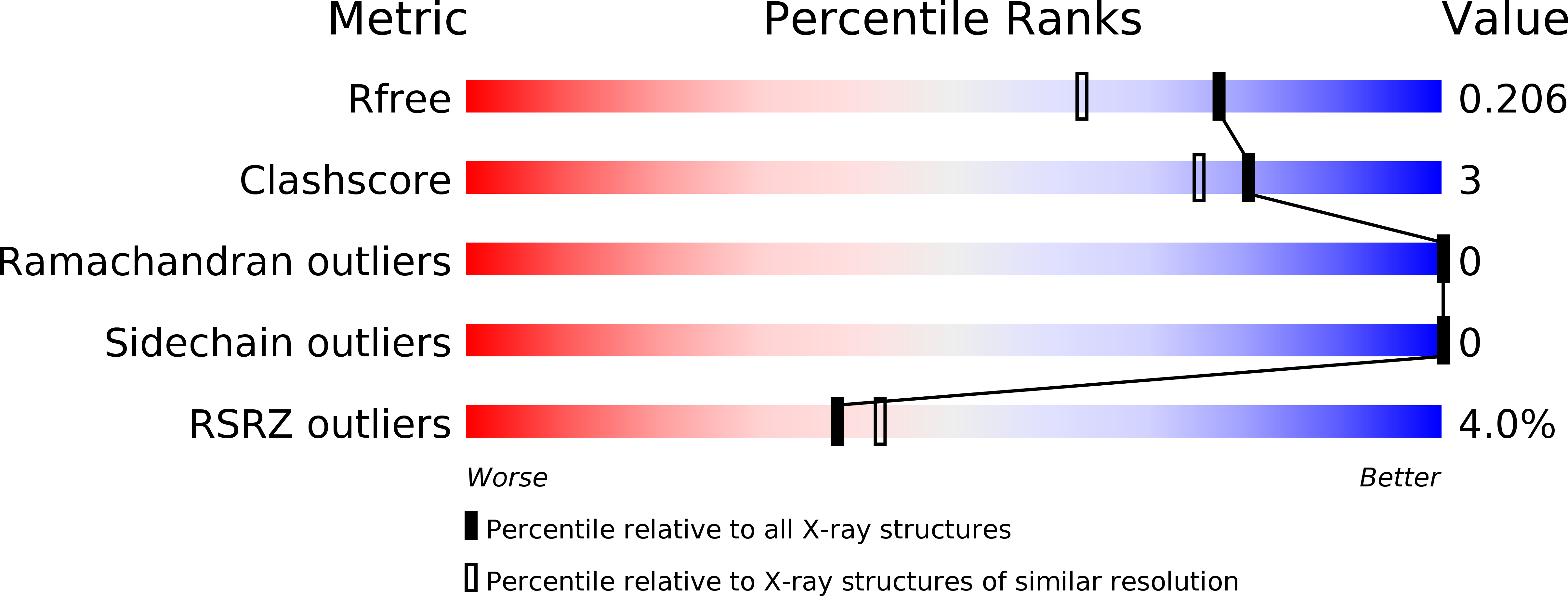
Deposition Date
2014-01-24
Release Date
2014-10-29
Last Version Date
2024-02-28
Entry Detail
PDB ID:
4OLN
Keywords:
Title:
Ancestral Steroid Receptor 1 in complex with estrogen response element DNA
Biological Source:
Source Organism:
synthetic construct (Taxon ID: 32630)
Host Organism:
Method Details:
Experimental Method:
Resolution:
1.70 Å
R-Value Free:
0.20
R-Value Work:
0.17
R-Value Observed:
0.17
Space Group:
C 1 2 1


